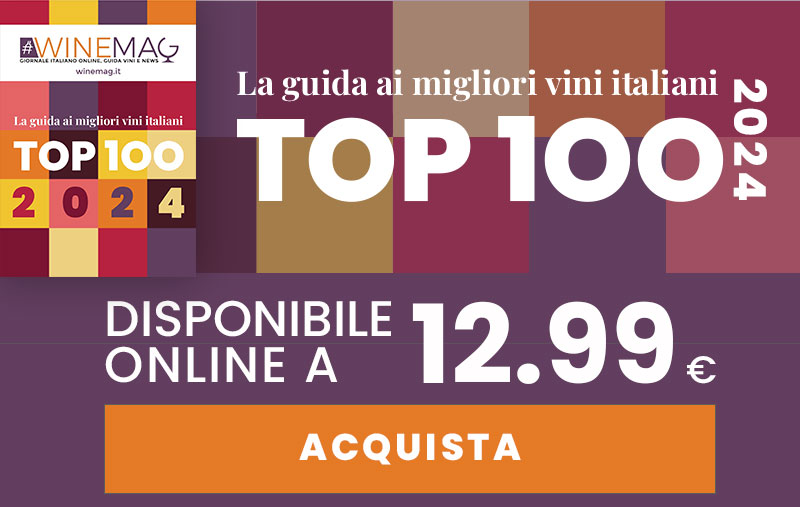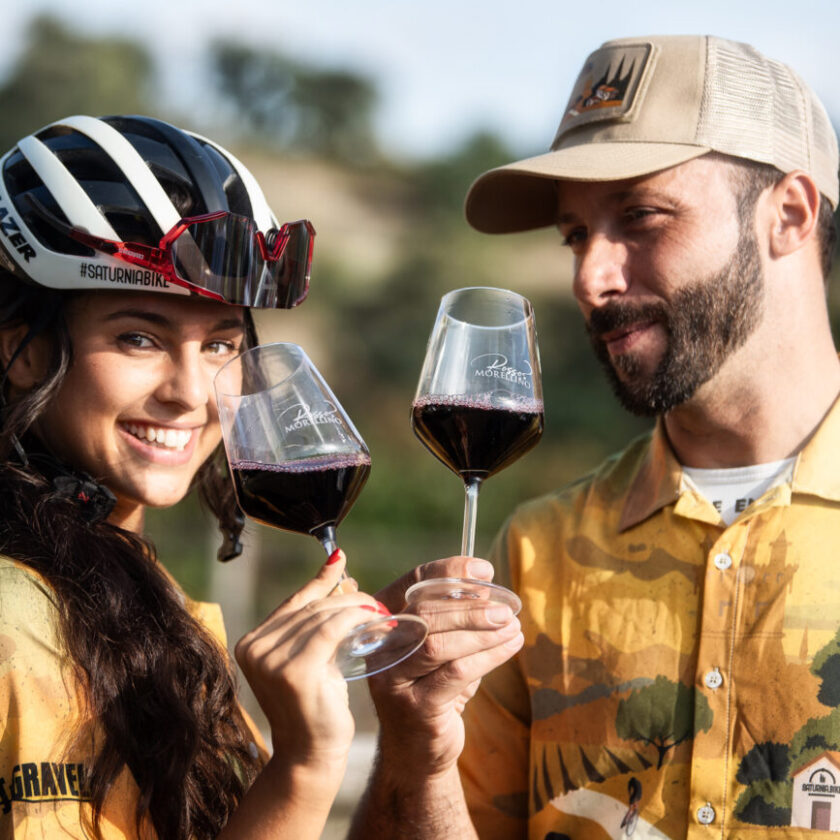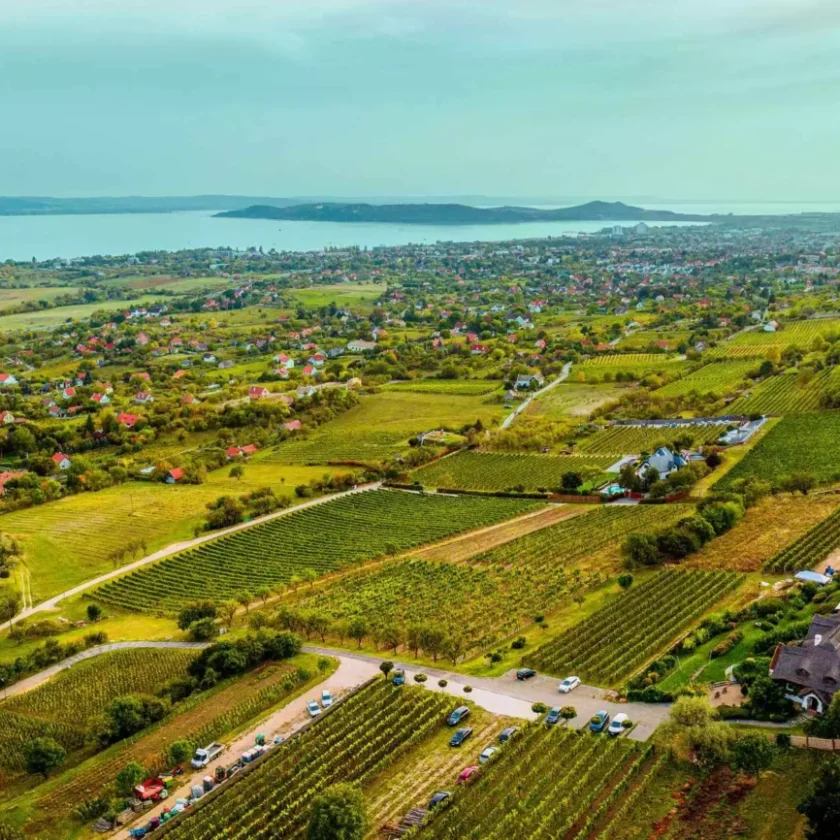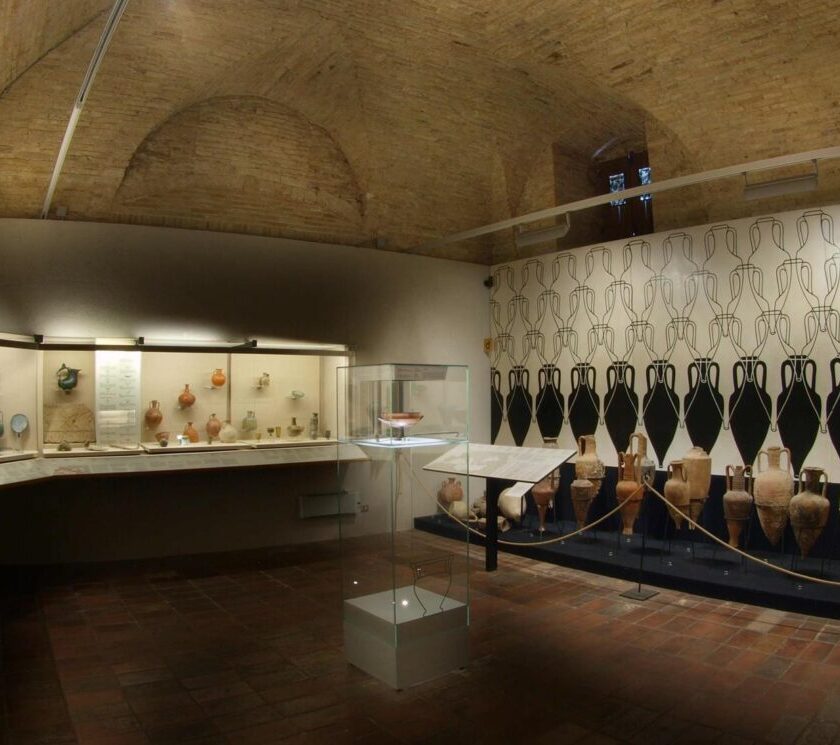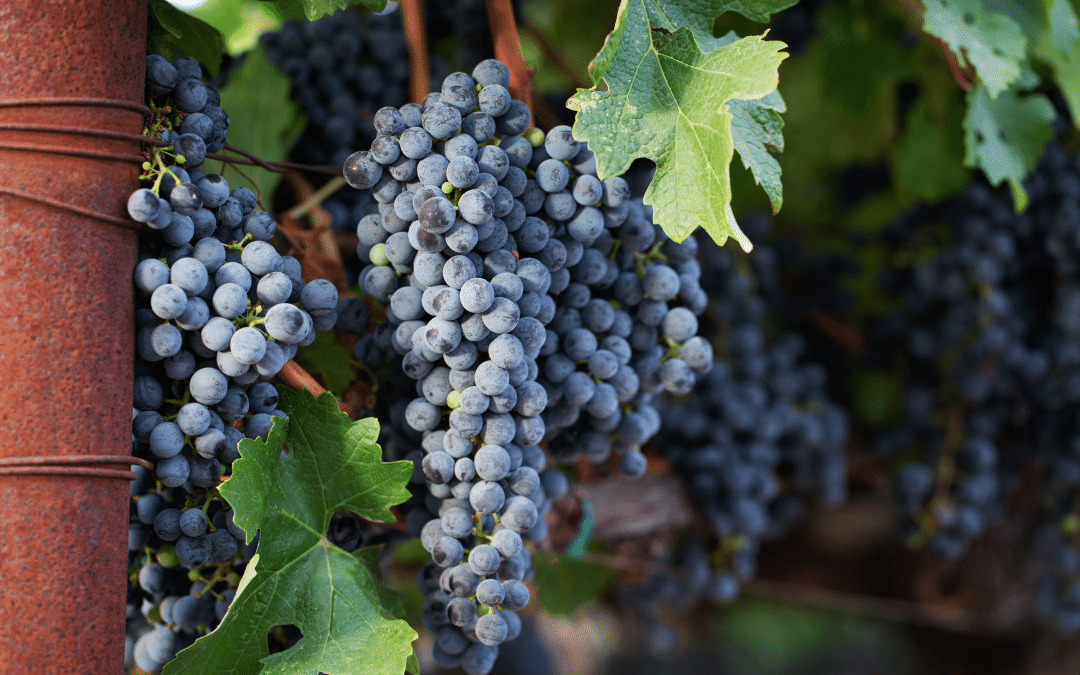
L’Institute of Masters of Wine ha pubblicato le domande dell’esame Master of Wine 2022, compresa la lista dei vini per la parte pratica (degustazione). Dal 26 al 29 luglio 103 studenti hanno sostenuto gli esami teorici e pratici ad Adelaide, Londra e Napa.
I test costituiscono la seconda fase del programma di studio Master of Wine. Nell’arco di quattro giorni, gli studenti hanno sostenuto tre prove pratiche alla cieca da 12 vini. Cinque le prove teoriche su temi che hanno spaziato dalla viticoltura alla vinificazione, dalle procedure di pre-imbottigliamento alla lavorazione dei vini in cantina. Quesiti anche su tematiche legate al business del vino e all’attualità.
Gli aspiranti Master of Wine che hanno superato con successo gli esami teorici e pratici della seconda fase passeranno alla terza fase, quella del “Research paper“: la fase finale del programma di studio MW. Solo ottantasei dei 103 studenti che hanno sostenuto la degustazione alla cieca di 12 vini al mattino e l’esame teorico nel pomeriggio hanno superato la prima fase, il 25 luglio.
L’elenco dei vini e delle domande in inglese utilizzate per la valutazione della prima fase è stata resa nota dall’Institute of Master of Wine. Winemag.it è in grado di pubblicarle qui sotto. Sapresti rispondere alle domande per diventare Master of Wine?
STAGE ONE ASSESSMENT (S1A) 2022 PRACTICAL PAPER
Question 1
Wines 1-3 come from three different regions within the same country and are made from three different, single grape varieties.
With reference to all three wines:
- Identify the (15 marks)
For each wine:
- Identify the origin as closely as possible, with reference to the grape variety (3 x 8 marks)
- Comment on style, quality and commercial (3 x 12 marks)
Question 2
Wines 4-6 come from the same region. With reference to all three wines:
- Identify the region, specifying the origins of each wine as closely as (30 marks)
- Compare and contrast quality in the context of the region of origin. (24 marks) For each wine:
- Discuss maturity with reference to (3 x 7 marks)
Question 3
Wines 7-9 come from three different countries. Each is made from a different, single grape variety.
For each wine:
- Identify the grape variety and the origin as closely as (3 x 10 marks)
- Comment on (3 x 7 marks)
- Comment on style and commercial (3 x 8 marks)
Question 4
Wines 10-12 come from the same region. With reference to all three wines:
- Identify the (15 marks)
For each wine:
- Assess quality in the context of the region of (3 x 8 marks)
- Comment on maturity and capacity to age, with specific reference to (3 x 12 marks)
ESAME MASTER OF WINE 2022: I VINI ALLA CIECA
- Heytesbury Chardonnay, Vasse Felix, Margaret River, Australia. (13.0%)
- Sauvignon Blanc, Shaw+ Smith, Adelaide Hills, Australia. (12.5%)
- The Florita Riesling, Jim Barry, Clare Valley, Australia. (12.5%)
- Julien, Chateau Langoa Barton, 2010. Bordeaux, France. (13%)
- Estephe, Chateau Les Ormes de Pez, 2018. Bordeaux, France. (14.5%)
- Emilion Grand Cru, Chateau Moulin St Georges, 2015. Bordeaux, France. (14.5%)
- Quarts de Chaume Grand Cru, Demaine des Forges, Loire Valley, France. (11.0%).
- Noble One, De Bertoli, New South Wales, Australia. (12.7%)
- Vin de Constance, Klein Constantia, Constantia, South Africa. (14%)
- Vintage Port, Taylor’s, Douro Valley, Portugal. (20.5%)
- Quinta de Vargellas Vintage Port, Taylor’s, Douro Valley, Portugal. (20%)
- LBV Port, Taylor’s, Douro Valley, Portugal. (20%)
THEORY PAPER – MASTER OF WINE 2022
TWO questions to be answered, ONE from Section A and ONE from Section B.
Section A Question 1
Can small independent wine retailers compete with large chains on price? How else can they compete effectively? (Paper 4)
Section B Question 2
Discuss the current role and potential future use of hybrids in viticulture (Paper 1).
Question 3
Outline the key considerations in deciding which pre-bottling treatments to use for each of the following:
- a vegan wine;
- an orange wine;
- an organic wine; and
- a mass-market, inexpensive wine. (Paper 3)
® Riproduzione riservata
sostieni winemag.it
Siamo una testata indipendente gratuita, ma il nostro lavoro ha un costo che la pubblicità fatica a ripagare.
Se credi nell'informazione libera e in un nuovo modo di raccontare il vino italiano, sostienici con un euro al mese.
Dello stesso autore
- Lo Champagne nel 2024? Sostenibilità, Piwi e nuovi Bureau nei Paesi chiave
- Jacopo Bonanini, figlio d’arte: primo vino a 11 anni e ricavato in beneficenza
- Sbagliare è umano, perseverare è diabolico
- Pau Roca, addio al direttore generale OIV
- Tommasi e Caseo, Valpolicella e Oltrepò: ovvero il valore di un brand per un territorio
Cronista di nera convertito al nettare di Bacco, nel mondo dell’informazione da oltre 16 anni, tra carta stampata e online, dirigo oggi winemag.it, testata unica in Italia per taglio editoriale e reputazione, anche all’estero. Collaboro inoltre come corrispondente per una delle testate internazionali più autorevoli del settore, in lingua inglese. Segno Vergine allergico alle ingiustizie e innamorato del blind tasting, vivo il mestiere di giornalista come una missione per conto (esclusivo) del lettore, assumendomi in prima persona, convintamente, i rischi intrinsechi della professione negli anni Duemila (in primis quelli cagionati da haters e “screditatori” seriali). Edito con cadenza annuale la “Guida Top 100 Migliori vini italiani” e partecipo come giurato ai più importanti concorsi enologici internazionali. Oltre alle piazze tradizionali, studio con grande curiosità i mercati emergenti, seguendone dinamiche, trend ed evoluzioni. Negli anni ho maturato una particolare esperienza nei vini dei Balcani e dei Paesi dell’Est Europa, tanto da aver curato la selezione vini per un importatore leader in Italia.



